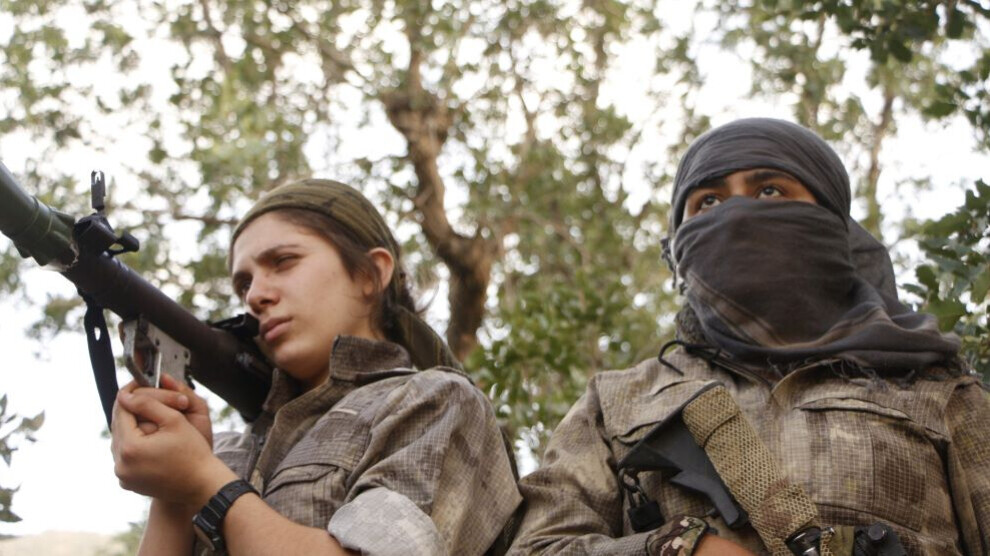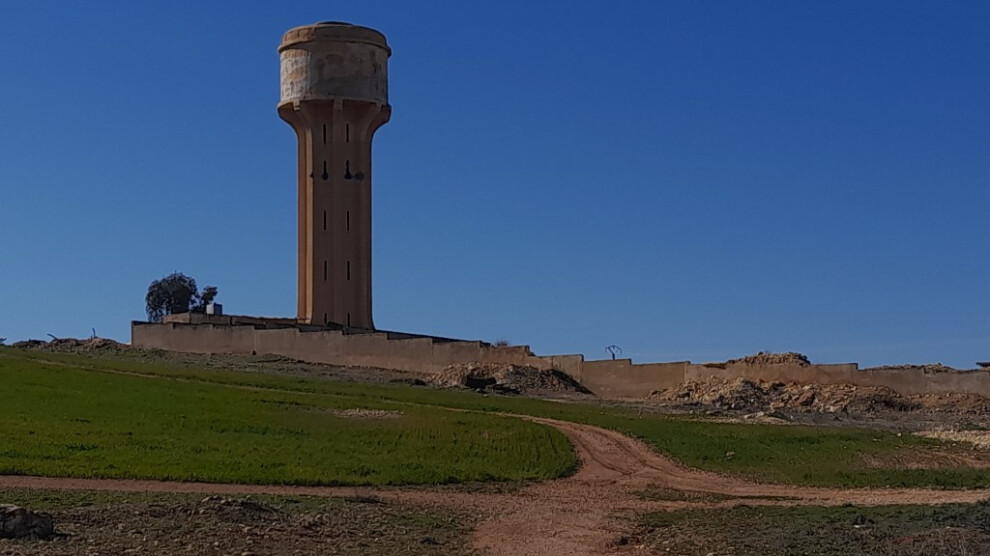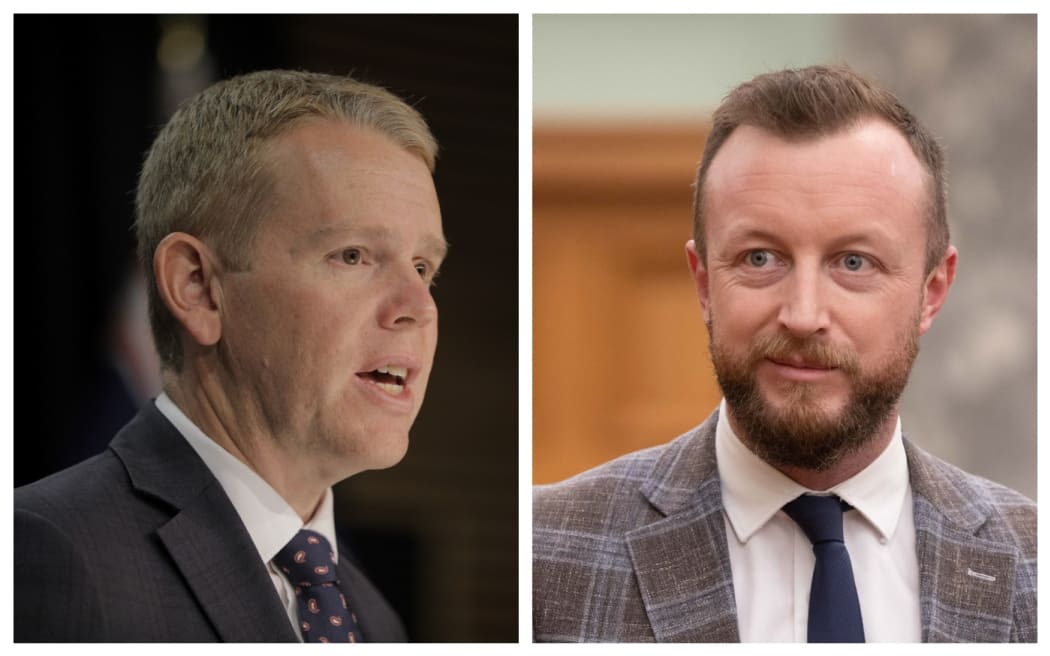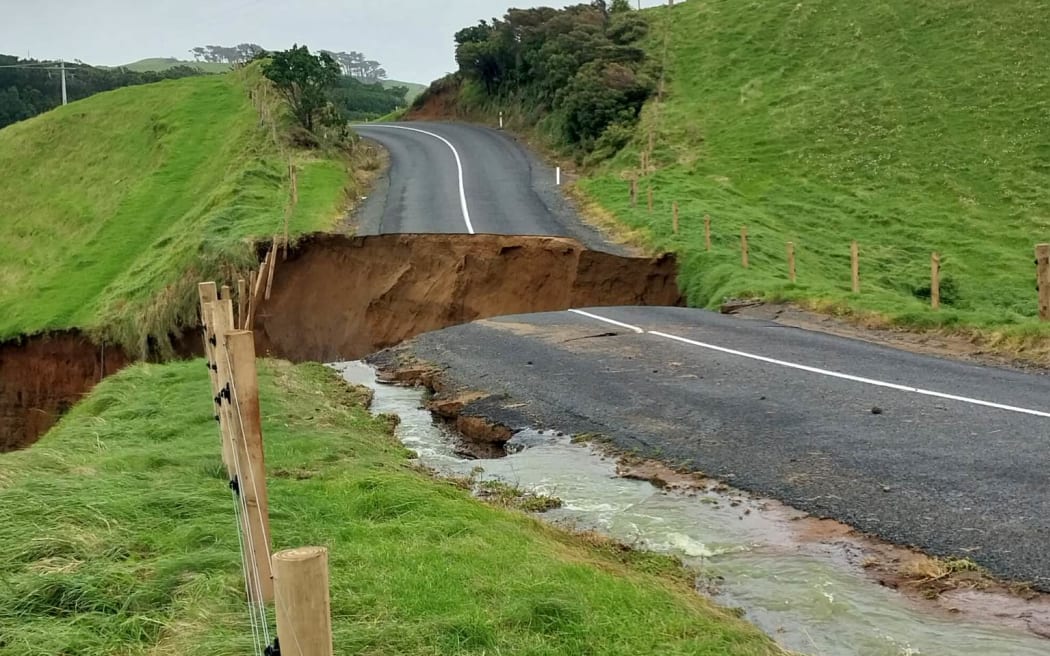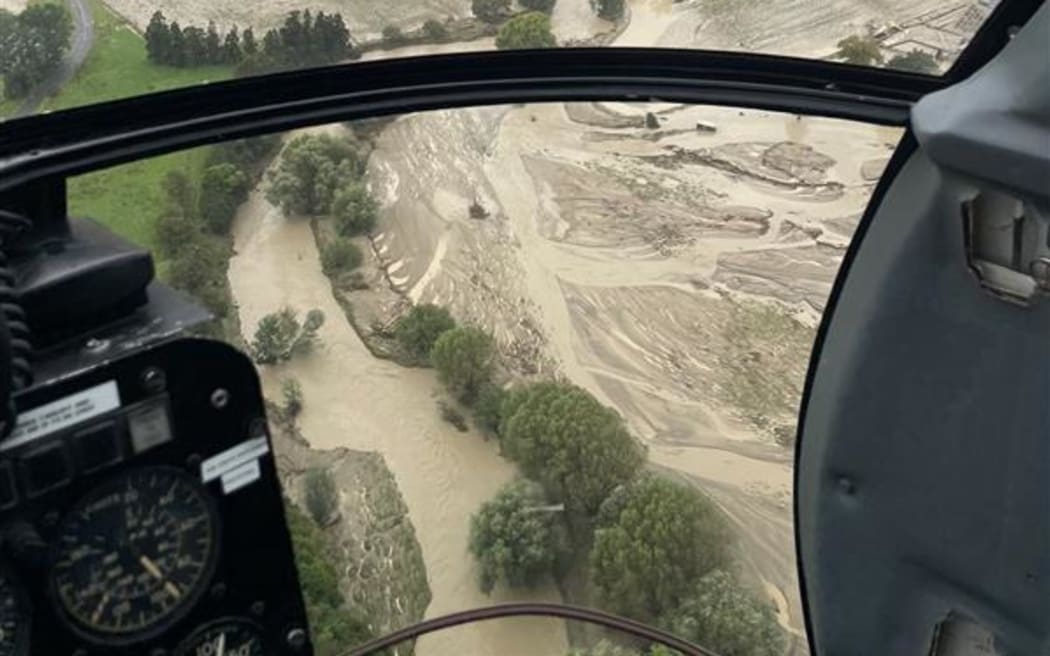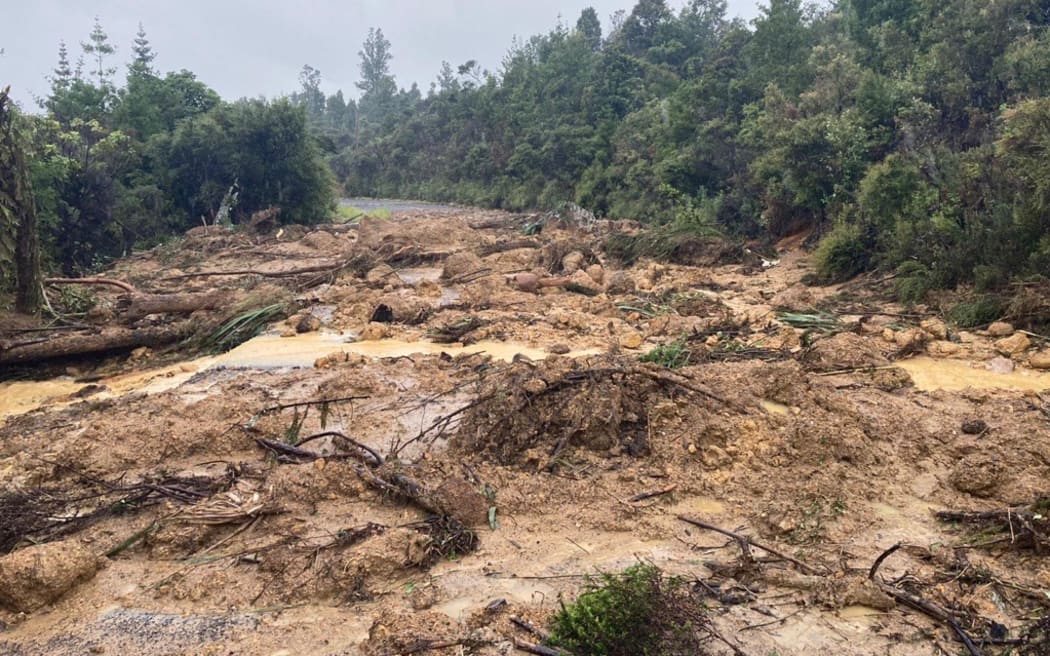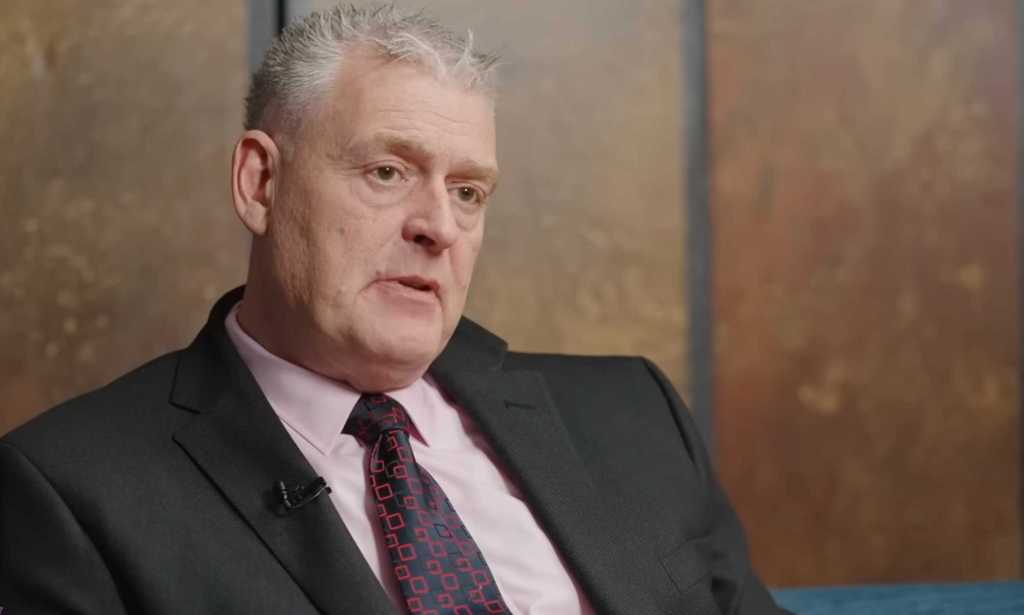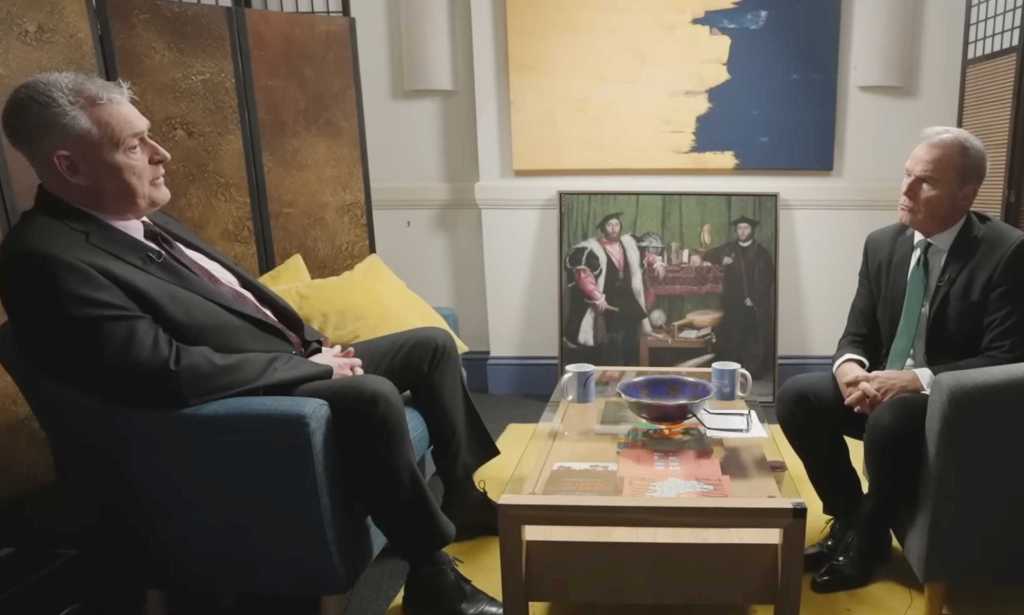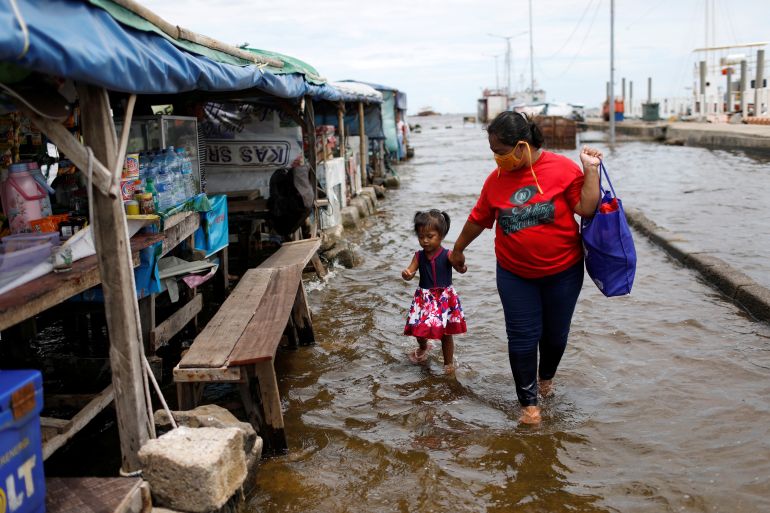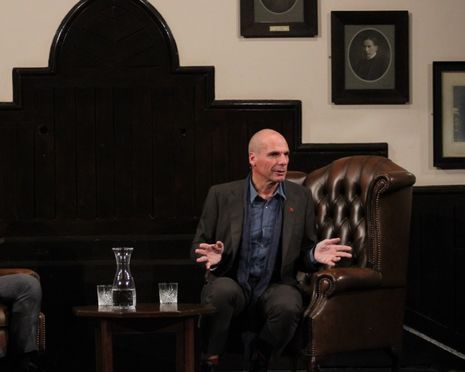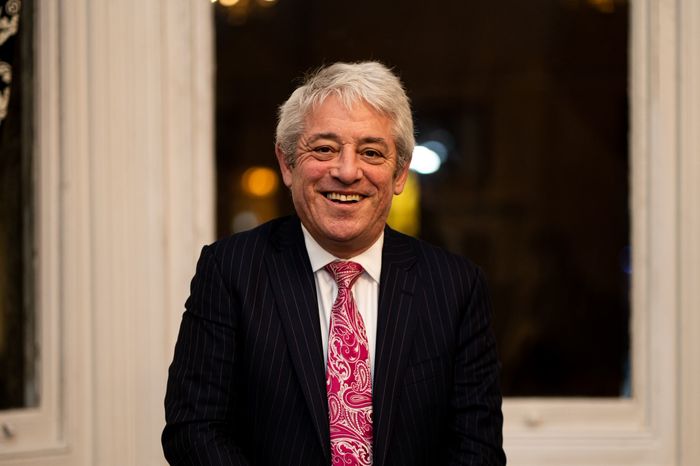Abdullah Öcalan writes widely in 'The PKK and the Kurdish Question in the 21st Century' about his decision to come to Europe and about the international conspiracy which led to his abduction in Kenya on 15 February 1999.
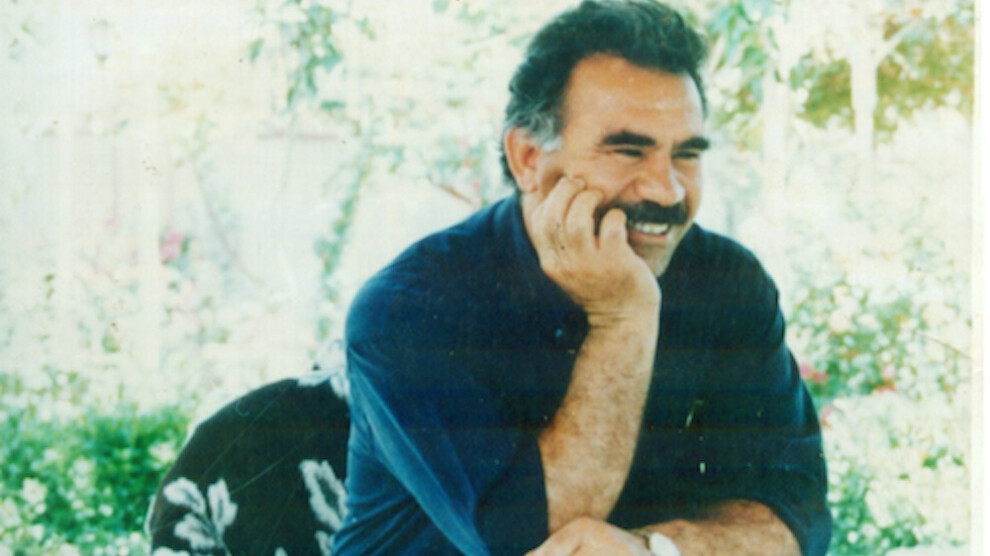
ANF
NEWS DESK
Wednesday, 15 Feb 2023,
Abdullah Öcalan writes widely in The PKK and the Kurdish Question in the 21st Century about his decision to come to Europe and about the international conspiracy which led to his abduction in Kenya on 15 February 1999.
Writing about his decision to come to Europe, Öcalan said: "My intention was to find a democratic platform for the Kurdish question. Had I found support for this, it would also have been possible to push Turkey in this direction. However, Europe seemed to be disinterested in a solution to the Kurdish problem. Had I been allowed to become politically active in Europe, it would have been the end of the war. Unfortunately, this option was not compatible with the strategy of the West."
As to the background of the international conspiracy, Öcalan writes:
"[...] Since I have been imprisoned on Imrali I have been trying to work for a lasting peace in Anatolia and Mesopotamia. This is even more difficult than waging war. Peace based on the acceptance of different cultural identities will help to advance a renaissance of the region and further democratic progress in Turkey. Eventually, every war ends with peace. If we prove unable to end this war, we are doomed to be used for the purposes of our enemies. My efforts for peace received a wide variety of responses. Most of this was, however, opposition from various and even contrarian political circles. Some have not yet understood the relevance of the peace process for Turkey. The Kurdish issue has produced the longest and most severe crisis in the history of the republic. Without a just peace the crisis will continue.
[…]
My imprisonment also means that the republic and the people have been reborn. Their second birth had taken place through violence and war, like some kind of catharsis. The battle against the oligarchic republic was long and violent. It will be followed by a new era when we will establish a new secular and democratic republic.
The present time requires all of us to restructure and restart the whole of social life: the state, economy, politics, justice, the arts, even ethics. They have been rocked and are looking for a way out of this crisis. My imprisonment somehow serves as a catalyst. At the moment, peace - or how to win it - seems to be on everybody’s agenda.
I stand for the conscious will of the Kurdish people for freedom. This will has been expressed by war for a long time – now its message is peace.
The war was defined not by what it was meant to achieve but by what its enemies were: feudalism and the oligarchic republic. Peace has positive goals: reform of the republic, democratization, secularism.
We can completely abandon separatism and violence in the present system if the Kurds are no longer excluded from a process in which they have participated together with the Turks in the course of history: the formation of a state and a nation to which both Kurds and Turks contributed alike. A republic, however, which is based on the denial of Kurdish demands for freedom, leads to separatism and violence. If the republic opens to the self-determination of its peoples within the boundaries of the republic, we might have a peaceful future together.
However, the present crisis is stabilized and kept going by external and internal corruption, criminals who profit enormously from war. The war has cost many billions of dollars and 40,000 lives. Taking on the Kurdish problem and finding a solution are overdue.
The February plot is also of some significance with a view to human rights and human rights conventions. My abduction and extradition violated these rights and conventions. It is mostly the European governments and the USA that are responsible for this breach, rather than the Turkish government. Their colonial understanding of foreign policy and the way they proceeded in my case have produced the present situation. Hence, my appeal to the European Court was meant not only simply to accuse Turkey of unlawful practices. Rather, I also wanted the unlawful and ethically wrong practices of the EU and the USA, which had been directed against me and against the will of the Kurds for freedom, to be put on trial. They had worked together assiduously in three European capitals. They all had made their contributions until a bunch of corrupt head-hunters in Africa sold themselves to a capitalist intrigue and consigned me to a Turkish airplane.
It had begun in Athens. They treated me like a slave whom they could order around at will. They hoped for concessions on Cyprus and the Aegean issue. They betrayed our friendship and shamelessly disregarded the Human Rights Convention. My situation, however, did not only concern me as an individual. Millions of Kurds who felt very close to me were betrayed just as badly.
Nor was Israel right to make me a victim of their strategic considerations. They wanted to include Turkey in the balance of power of the Near East.
I will be ready to help with the clarification of the political and legal dimension of this power play at any time.
The second station was Moscow. I was neither surprised nor angry. Nonetheless, Russia was a signatory state of the European Council and the European Convention on Human Rights. They should not have ignored my application for asylum. And they should not have expelled me despite a decision to the contrary in the Duma. However, these are matters to be brought before the European Court.
The third contribution was provided almost before the eyes of the Holy Father in the eternal city of Rome.
While I just wanted to talk about some fundamental civilizational realities, I was in fact surrounded by police for 66 days and basically held under house arrest. I had gone there to speak for the right and freedom of one of the oldest peoples in history who were not allowed to enjoy their human rights. Europe did not respect the claim of the Kurdish people for their human rights. Instead, they took part in my abduction. It is now up to the European Court to find out how this situation came about.
My abduction from Kenya was accomplished with the agreement of the EU and the USA. Greece and Kenya had to do the dirty work and deliver me from the Greek embassy to Turkey. Again, the EU had found a way not to get directly involved in my case. They enlisted the help of some corrupt Kenyan police officers.
I think it has become clear, and former President Clinton has confirmed it, that the Greek secret service and the CIA did not participate in the ploy out of love of the Turks. I am sure that their strategic objective was to have me killed by the Turks, and that’s probably true for the British too. However, I did not express any hatred towards the Turks and the Turkish general staff acted very considerately, so the situation did not escalate. Such an escalation might have cost tens of thousands of lives. Nonetheless, this plot is exemplary historically in that it attempted to pit Kurds against Turks without leaving them room for a solution of the conflict.
Why did Israel participate? Traditionally, Israel had good relations with the Ira- qi Kurds. When I appeared on the scene, and in particular when we relocated our headquarters to the Middle East, I was an independent actor who disrupted their strategic balance. This made me dangerous. Furthermore, the Israeli right favored an alliance with Turkey to offset the political weight of the Arabs. It was also the Israeli lobby in Russia which had accomplished my expulsion with the help of the then Russian prime minister Primakov. I remember that Ariel Sharon had also gone to Moscow at that time. The USA, with their pro-Israel lobby strong while Clinton was weakened by the Lewinsky affair, put Italy under pressure. With the help of Mossad I became persona non grata in Europe. So I travelled from place to place until eventually there was nowhere else for me to go and I was sent as a prisoner to Turkey."
Source: Abdullah Öcalan: The PKK and the Kurdish Question in the 21st Century



